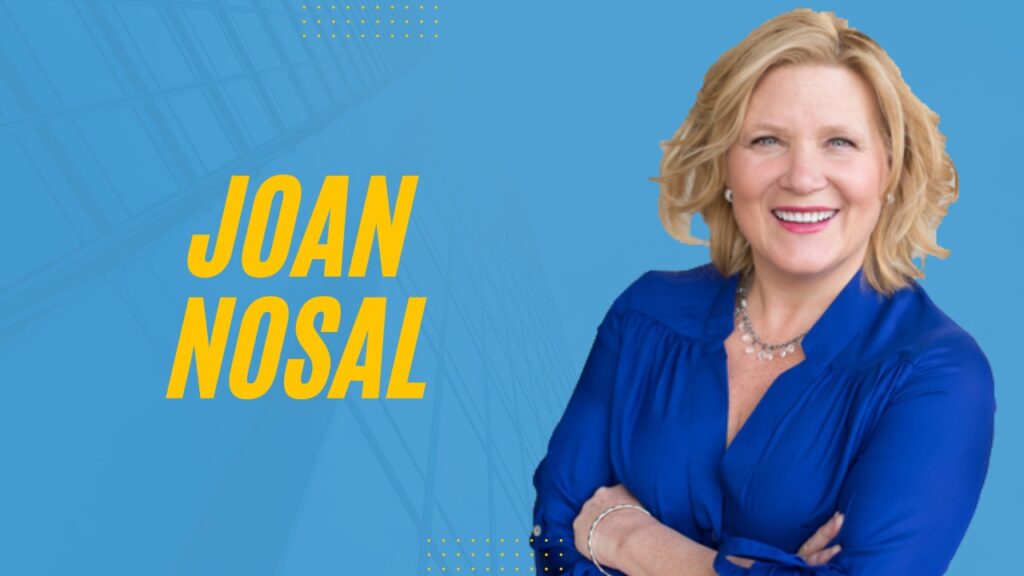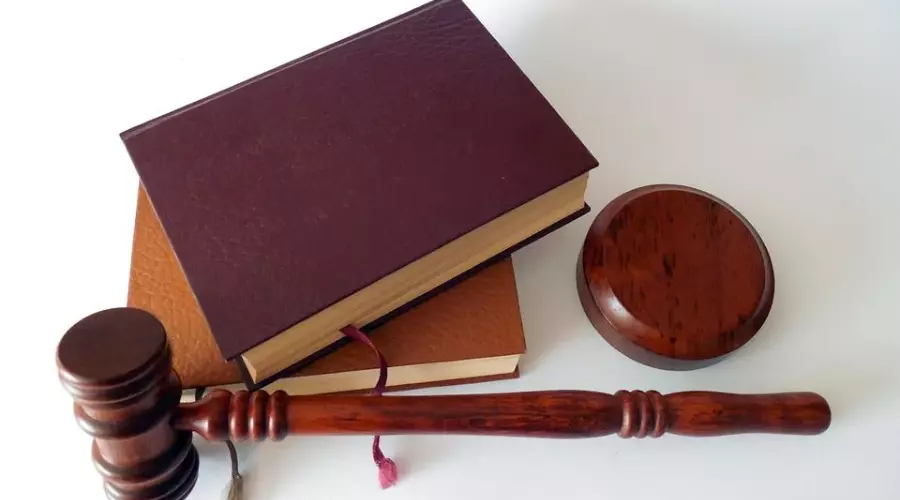“Those who think they can and those that think they can’t are both right.”
Henry Ford
Joan Nosal is a lifelong entrepreneur and has worked as a premarital facilitator and coach for more than 20 years. In 2010, she expanded her business to include life coaching and executive coaching. As a professional, certified coach, Joan is passionate about developing the abilities of others and maximizing their potential.
Read on to discover Joan’s tips on positivity, managing stress, and “seeing the glass half full”.
Many of our clients are going through an incredibly stressful time. Whether they were injured, got a diagnosis that limits their capability to work or enjoy life like they used to, etc. What are a few tricks they can implement every day to be a more positive thinker?
The latest science is in the area of positive thinking and neuroscience. There is a correlation linking quicker recovery and resilience in recovery to a positive outlook or perspective.
The plan may seem simple but start with proper breathing techniques. Most people do not know how to breathe. If you watch a baby breathe the whole belly moves in and out but adults often stop their breath in their throats. Three to ten proper deep breaths will increase oxygen to the brain, sharpen vision and hearing and increase the ability to focus. I begin every session with clients teaching proper breathing.
Next, begin and end each day with three thankful thoughts. It is best to write down the thoughts in a thankfulness journal. It is amazing when a person fills the brain with thanksgiving how it affects the attitude for the day. Sometimes it is a struggle for some of my clients to find even one thing to be thankful for, but with practice, the method causes a shift of gratitude.
According to John Gottman, it takes five positives to neutralize one negative. With that in mind filling up your emotional bank account with as many positives will help counteract the negatives that occur in a day. How do you fill up with positives? Using the thankfulness journal can be helpful as you use a few pages to write down 25-40 experiences that lift you up, bring you joy, get you through tough times.
“It takes five positives to neutralize one negative.”
John Gottman
Then you can implement those ideas with regularity. Some examples can be the breathing and journaling already mentioned along with mindfulness techniques such as listening to favorite music, exercise, engaging your senses, having a conversation with an encourager. These are just some ideas to get you started.
Stressful situations come up in all of our lives. When a stressful scenario does arrive, what are a few steps you can take to calm yourself down or see the positives in the situation?
Stress is often a misunderstood issue and it is important to note that there is both stress in positive life events and negative life events.
The positive events are a celebration, a new baby, a promotion, a vacation. The negative stress events nare job loss, health loss among others. Research has shown that the body reacts in the same way increasing the stress hormones of cortisol, adrenaline, and others whether it is positive or negative experiences.
Also, stress is curvilinear meaning there is a range of stress from no stress that leads to boredom and depression to extreme stress causing anxiety, but there is a middle sweet spot of that is energizing and motivating. Managing the stress so it stays in the sweet spot is helpful.
The extremely stressful situations can be helped again by proper breathing. The old formula of take a deep breath and count to ten really works. After breathing, if there can be a shift in thinking that looks for either three gifts or three opportunities the stressful event can bring about, the brain begins to shift into search mode: “I wonder what the opportunity could be, I wonder if there is a gift in this situation.” However, the three gifts or opportunities may not show up right away, it could be a day, a week, or even years. What matters is your brain shifts into search mode rather than stress mode.
A less traditional, but highly recommended route, is to take the opportunity to do a quick body scan. With a body scan, you can find out where the stress or tension is manifesting. Is it in the chest like a pounding heartbeat? Is it a dry mouth, a lump in the throat, a neck ache, headache, etc…?. You can then use this information to focus on that stress and tension and intentionally relax it.
“Learning where stress and tension show up in the body will help manage the stress and tension in future events.”
Other stress relievers are going for a walk, leaving the room, shifting the conversation to something pleasant, or having a picture in your minds eye of a pleasant place you enjoy going to.
What do you think is the most beneficial thing people can do to become more of a positive thinker, more optimistic, and lead them on the road to a better internal state?
There is a reason the struggle for positivity exists.
It comes from the “fight and flight” area of every human brain. It is easier to go to the negative thought patterns than go to the positive thought patterns so the neuropathways toward the negative part of the brain are deep ruts. As people get older the negative ruts have become well established. The good news is the brain has elasticity that can create new positive ruts in the neuropathways and can reverse the negativity.
The process can be done on your own but a qualified coach can help with accountability and establishing techniques that best suit the client. There are many books on the subject and learning is a great way to open up the brain receptors.
Mindfulness techniques are part of Positive Intelligence or PQ, an intensive 6-week journey that increases positivity.
About Joan Nosal
Joan Nosal is a certified Life Coach and works mainly with people who want to improve their soft skills for personal and professional development. “The knowledge, technical and competency skills make up about 20% of a successful, productive career. The remaining 80% is a combination of soft skills, determination, and commitment”, she explains.
Joan evaluates assessments that provide data points measuring a person’s level of current development to then determine a plan of action. “I have a curiosity about the “how” and “why” people behave in certain ways and also what motivates a person deep within”, she explains. “Learning about others is inspirational and I love working with people as they discover more awareness about themselves and the people they work alongside.”
To learn more about Joan or to contact her for services, click here!







